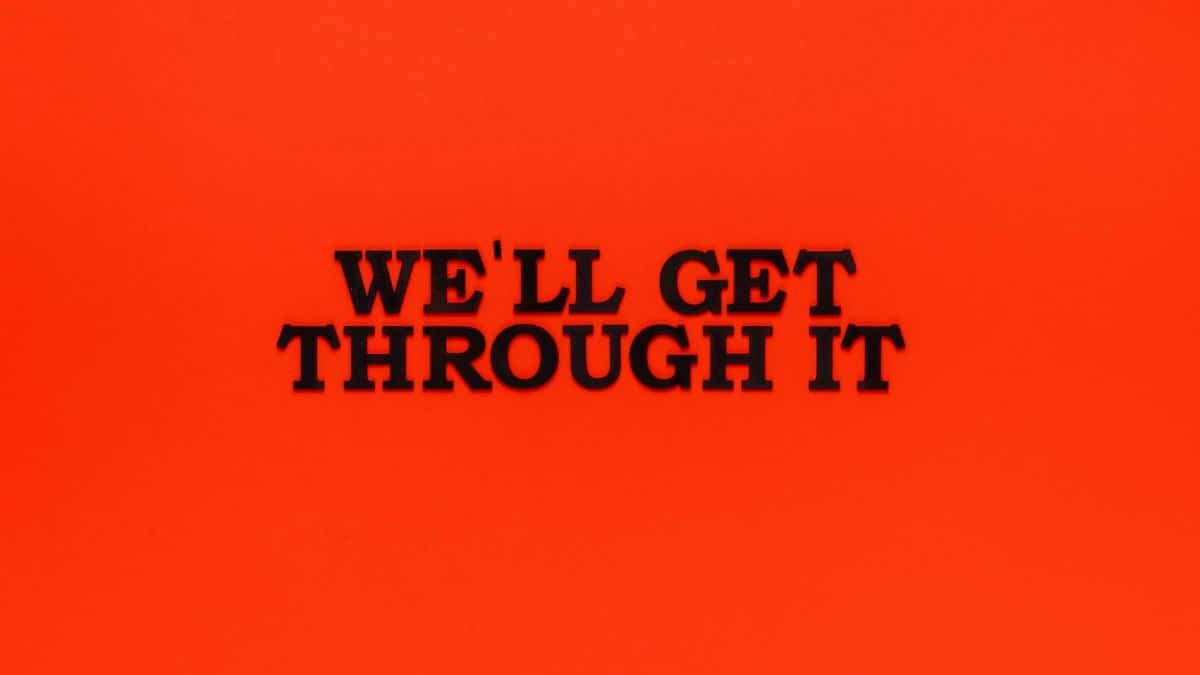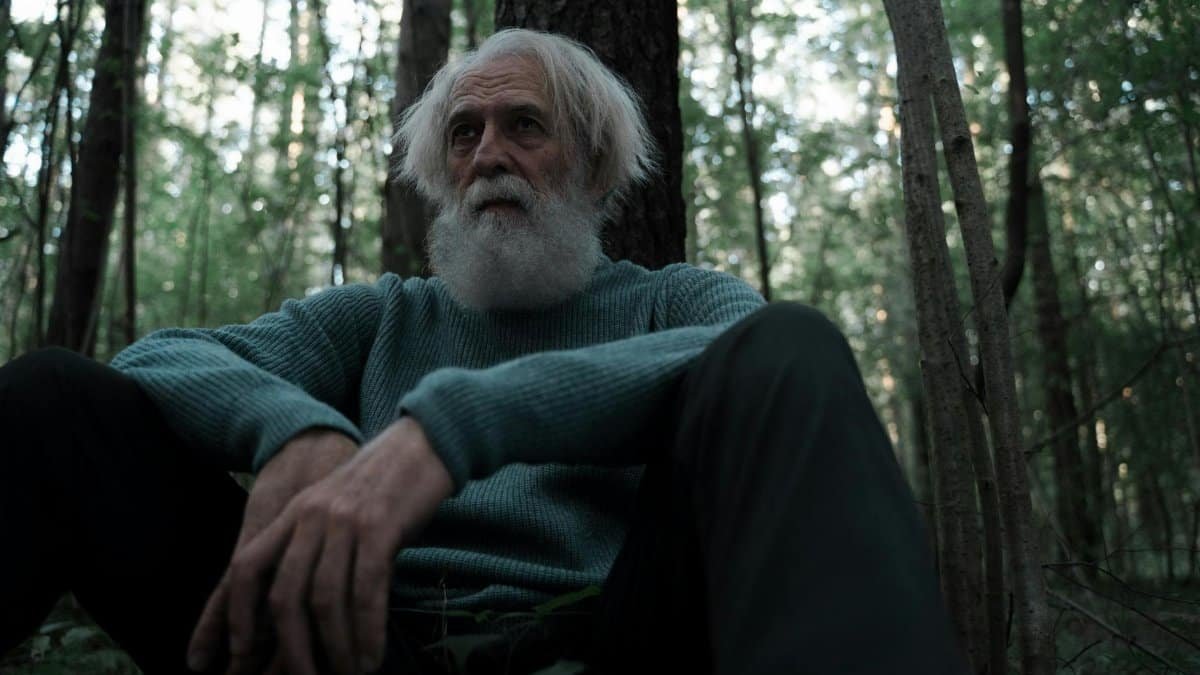Is Mindfulness the Monster Under Your Bed?

Many Americans dodge mindfulness like it’s a bad habit. But what if embracing it builds real resilience? New data from the American Psychological Association shows 45% of adults report high stress levels, yet only 23% practice mindfulness regularly. This gap highlights a fear: sitting with your thoughts sounds terrifying. Mindfulness resilience isn’t about ignoring problems—it’s about facing them head-on, turning vulnerability into strength. As U.S. mental health trends evolve in 2025, understanding this could change how we handle daily chaos.
Decoding the Fear Factor

People fear mindfulness because it demands stillness in a world that never stops. The idea of observing thoughts without judgment feels exposing, like stripping away distractions that shield us from inner turmoil. For many, this triggers anxiety—what if buried emotions surface? Yet, this is where resilience kicks in. By practicing mindfulness, individuals learn to weather emotional storms without crumbling. It’s not therapy in disguise; it’s a tool for everyday endurance.
The Science Behind the Skepticism

Studies reveal why we’re wired to resist. Research from Harvard Medical School indicates that the brain’s default mode network activates during mind-wandering, often leading to negative rumination. Mindfulness interrupts this, but the initial discomfort deters beginners. A 2023 study published in JAMA Psychiatry found that consistent practice reduces amygdala activity, the fear center, fostering resilience. This explains the hesitation: change hurts before it helps. For credible details, check the Harvard Health Publishing page on mindfulness and brain changes.
What Mindfulness Resilience Truly Entails

Mindfulness resilience means cultivating awareness to bounce back stronger. It’s not endless meditation sessions; it’s integrating presence into routines. Think of it as mental weightlifting—small reps build toughness over time. In the U.S., where burnout affects 77% of workers per Gallup polls, this approach offers practical relief. It reframes fear as a signal, not a stop sign, empowering people to navigate life’s uncertainties with grit.
Common Myths That Fuel Avoidance

One big myth: mindfulness is only for yogis or the spiritually inclined. Wrong—it’s accessible to anyone. Another: it requires emptying your mind, which is impossible and frustrating. In reality, it’s about noticing thoughts without attachment. These misconceptions amplify fear, preventing folks from tapping into resilience benefits. Dispelling them opens doors to better stress management, especially amid 2025’s economic pressures.
Real Stories of Transformation

Take John D., a New York accountant who dreaded quiet moments after a divorce. Starting with five-minute sessions, he built mindfulness resilience that helped him rebuild his life. “It was scary at first, like facing a mirror,” he shared. His experience echoes thousands: a Pew Research survey notes rising mindfulness adoption among stressed professionals. Such anecdotes show fear often fades into empowerment.
Practical Steps to Overcome the Hesitation

Start small to conquer the fear. Begin with guided apps for two minutes daily. Focus on breath, not perfection. Gradually, incorporate it into walks or commutes. Track progress in a journal to see resilience grow. Experts from the National Institutes of Health recommend this incremental approach, linking it to improved mental health outcomes. For more, visit the NIMH page on mindfulness and mental health.
The Broader Impact on Daily Life

Incorporating mindfulness resilience transforms relationships and work. It reduces reactive behaviors, leading to calmer interactions. Amid U.S. mental health crises, with CDC data showing anxiety rates at 41% for young adults, this practice offers a buffer. It’s not a cure-all, but it equips people to handle setbacks without derailing. As 2025 unfolds, expect more workplaces to promote it for employee well-being.
Potential Drawbacks and How to Navigate Them

Not everyone sails smoothly. Some experience heightened anxiety initially, known as “mindfulness backlash.” To counter this, pair practice with professional guidance if needed. Resilience builds slowly, so patience is key. Research from the University of California supports that combining mindfulness with therapy enhances outcomes, making it safer for skeptics.
Why It’s Worth Pushing Past the Fear

Ultimately, fearing mindfulness misses its core gift: true resilience. In a fast-paced America, where distractions numb discomfort, this practice fosters authentic strength. By confronting what’s inside, you emerge tougher. As trends shift in 2025, embracing mindfulness resilience could redefine personal growth, turning apprehension into a pathway for lasting stability.
